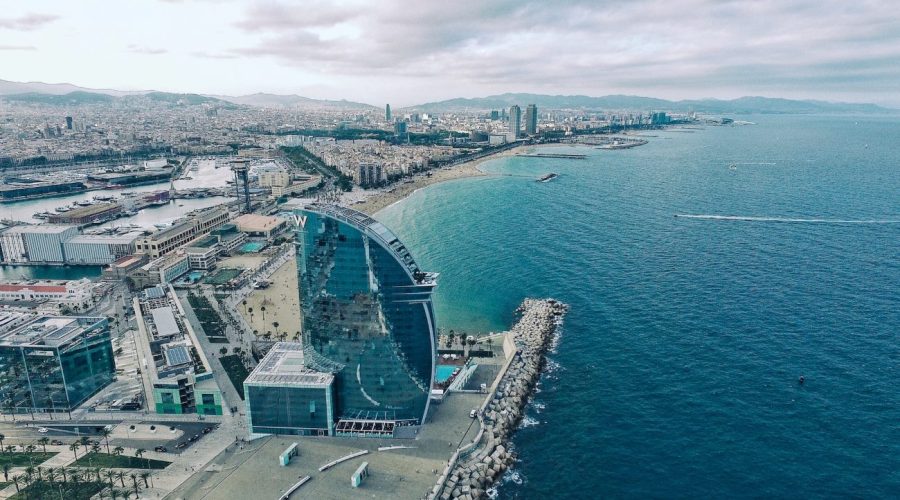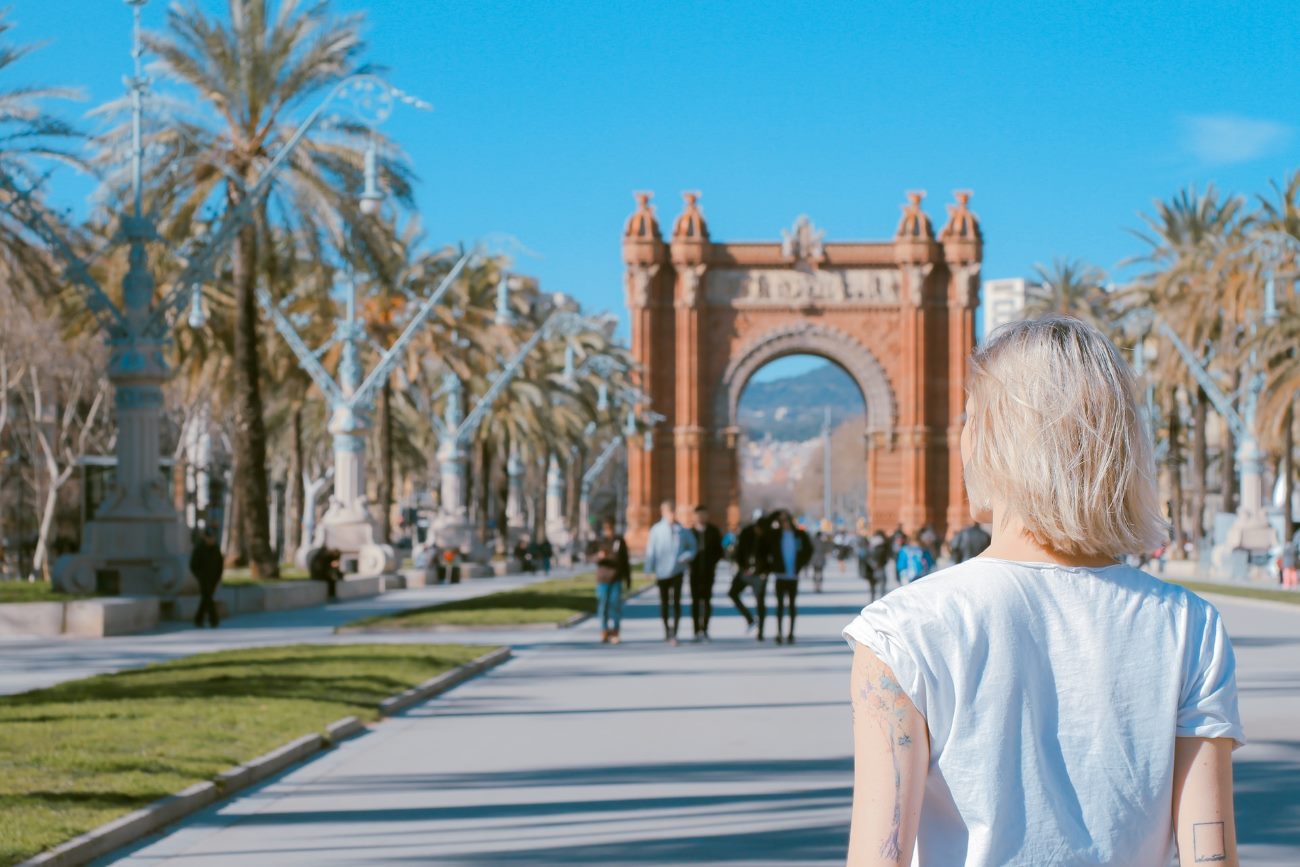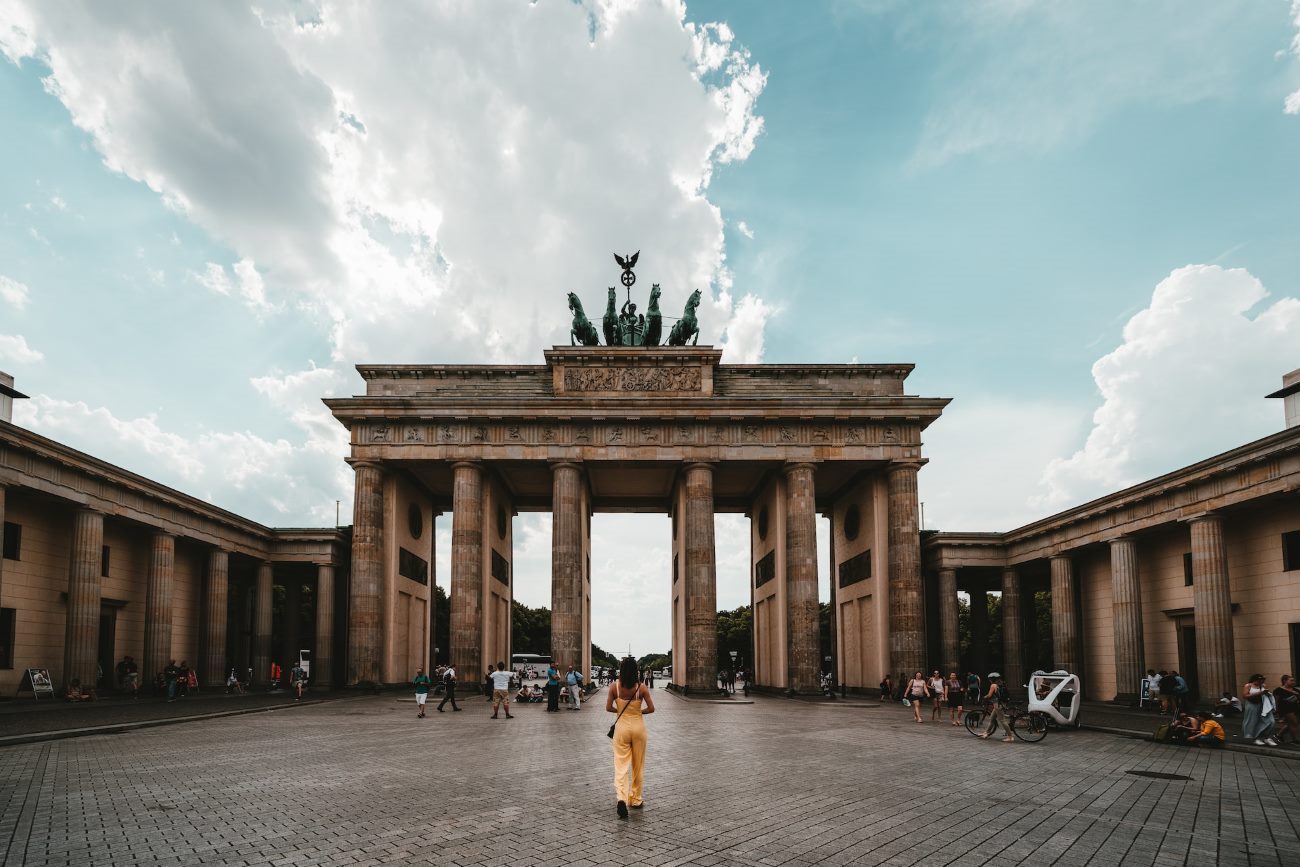Exploring Amsterdam’s Red Light District: A Beginner’s Guide
Amsterdam stands out as the wealthy Dutch capital that features charming waterways and old buildings plus multiple cultures. People have been drawn to the Red Light District for many annual years even though other famous Amsterdam landmarks exist.
You will learn about the features of the Red Light District.
Amsterdam sets aside De Wallen to run its regulated prostitution operations while sex services become visible to the public. The area has this title because red lights show through the brothel windows to attract customers. Although linked to sex trade the Red Light District creates an entire neighborhood with established cultural patterns and traditional norms.
Understanding the History
During the 14th century sailors began using Amsterdam when they founded the Red Light District. Netherlands legalized the prostitution profession in 1811 while Amsterdam’s sea trading grew quickly which made the Red Light District thrive. Despite the passage of time the area had to follow updated rules and meeting community needs.
Many visitors from across the globe come to the Red Light District yearly because they want to experience its distinctive liveliness and its exceptional culture.
Exploring the Red Light District
Before heading to the Red Light District read these essential points for visitors.
1. Respect and Etiquette
You must show courtesy both to women running sex work and to local residents during Red Light District visits. The working women in the displays must be respected by not looking or taking pictures. Follow all the rules established by the district community.
2. Safety
Although the Red Light District offers safety most anyone should still follow basic security measures. Choose bright public spaces while walking with others increases safety against theft attempts. Keep your cash low and be alert when moving through this area.
3. Time of Visit
The Red Light District mostly becomes active during nighttime hours. To see the district’s active environment visit during late evening or night hours.
What to Expect
You will come across activities beyond the red light district’s sex establishments. These are further experiences to watch for in the area.
1. Coffee Shops
Amsterdam continues to allow cannabis use freely and many coffee shops throughout the Red Light District serve these products for their customers. Settle your questions by taking low amounts and using these items sensibly.
2. Erotic Museums and Shops
Spaces across the area exist for displaying human sexuality-related artifacts and selling related items. Sexual establishments in this district take you through historical sex-related information and artistic works to bring learning on sexual culture.
Important Tips for Visitors
Be aware of the following points when you visit the Red Light District’s special areas.
1. Stay in Designated Areas
Stick to marked tourist zones of the Red Light District to prevent entering private residential areas that are off-limits to visitors.
2. Plan Ahead
Make a list of attractions in the Red Light District that interest you so you know what to do before your arrival. Common attractions like the Erotic Museum and Museum of Prostitution have heavy visitor lines because tourists visit them most during vacation crowds.
3. Learn from Local Guides
You can benefit from learning about the Red Light District through a guided walking tour and eexpert local guides. These attractions offer educational programs that reveal the area’s past and its present way of life.
Conclusion
The Red Light District holds its place as a distinctive cultural landscape in Amsterdam’s identity. Visiting the district calls for an open attitude and understanding local norms which makes the experience valuable for exploration. During your visit understand the area’s history and respect the people of the Red Light District.
Table of Contents



